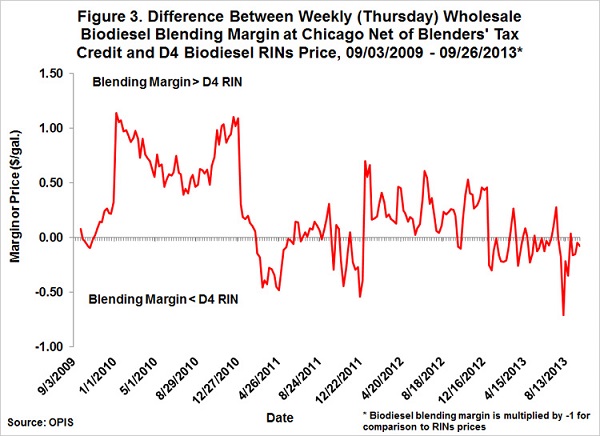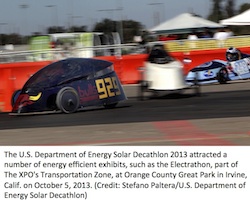Each year the ethanol industry looks forward to the National Ethanol Conference (NEC) and the 19th Annual Conference in Orlando, Florida February 17-19, 2014 is already shaping up to be a good one. A great event for budding biofuel students, the Renewable Fuels Association (RFA) and Renewable Fuels Foundation (RFF) are offering six scholarships for students to attend the event.
The NEC provides attendees with timely information on critical regulatory, marketing and policy issues facing the ethanol industry, and is a perfect opportunity for students interested in the world of renewable fuels to meet and connect with ethanol industry  leaders, top policymakers and experts in the field of renewable fuels. Experts will speak to the current market situation, and address how the industry can continue to grow through innovation, new technologies and feedstocks, and by developing more diverse and global markets.
leaders, top policymakers and experts in the field of renewable fuels. Experts will speak to the current market situation, and address how the industry can continue to grow through innovation, new technologies and feedstocks, and by developing more diverse and global markets.
“The National Ethanol Conference is a unique opportunity for students to engage and interact with leading experts in the field,” said Mike Jerke, general manager of Chippewa Valley Ethanol Company and chairman of the Renewable Fuels Foundation. “As leaders in the ethanol industry today, it is our responsibility to educate and prepare the next generation of ethanol producers. This conference will give students a real world view of the industry and a foot in the door towards a future in ethanol production.”
The scholarships will cover the cost of the NEC registration fee – a $790 value – making the conference free to chosen students. Recipients will be responsible for all other costs associated with travel to/from the conference, including airfare, hotel and non-conference meals. Additional financial assistance to offset travel expenses may be available at the discretion of the RFF/RFA.
Applicants will be asked to explain in detail how this scholarship will assist them in achieving their academic and/or career goals in 500 words or less. Applicants must provide two letters of recommendation, a current resume and an official school transcript. This scholarship opportunity is open only to those students attending a U.S. institution of higher learning and enrolled in an approved ethanol-related program. All applications must be submitted by December 13, 2013. Click here to download an application.









